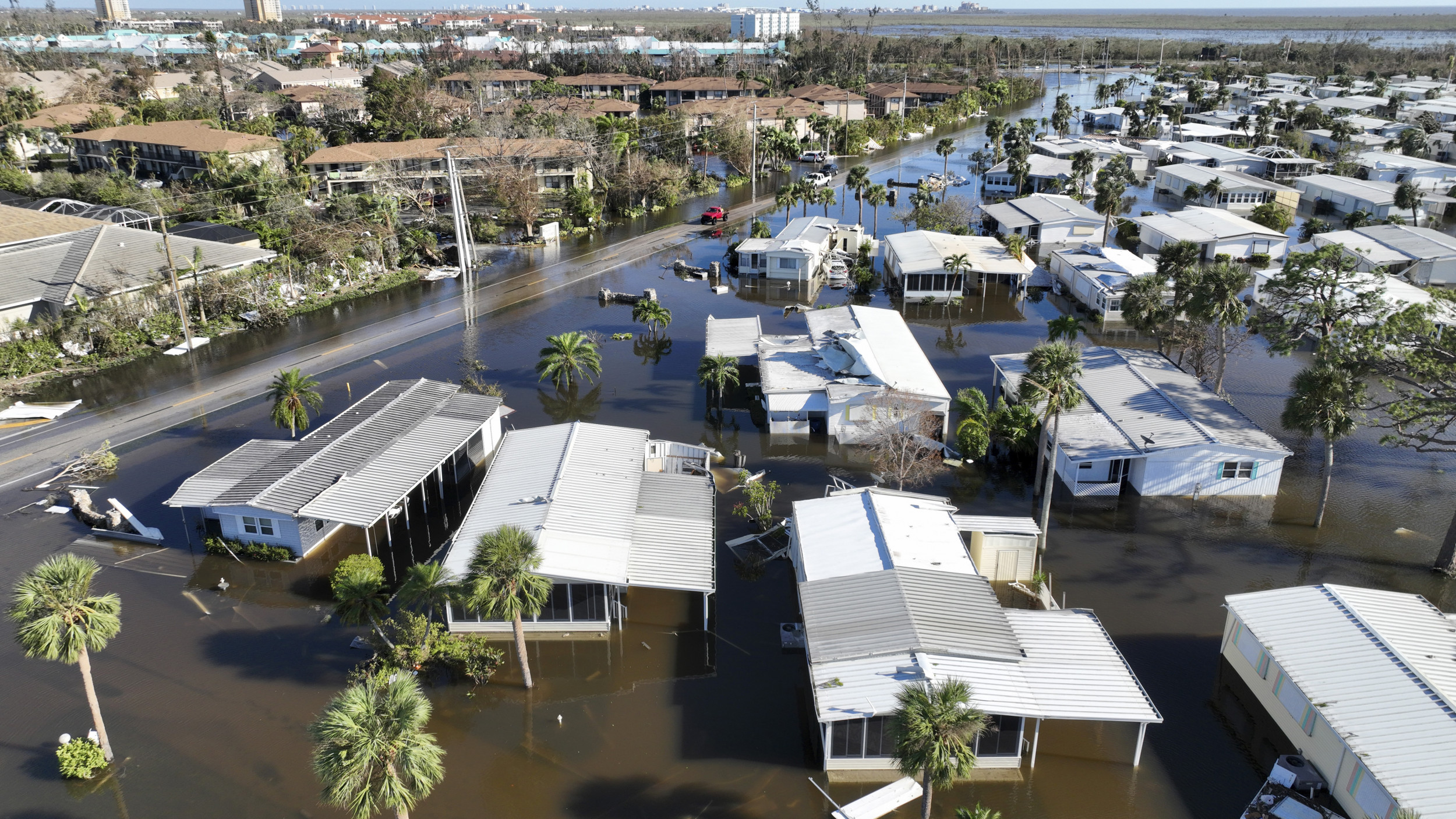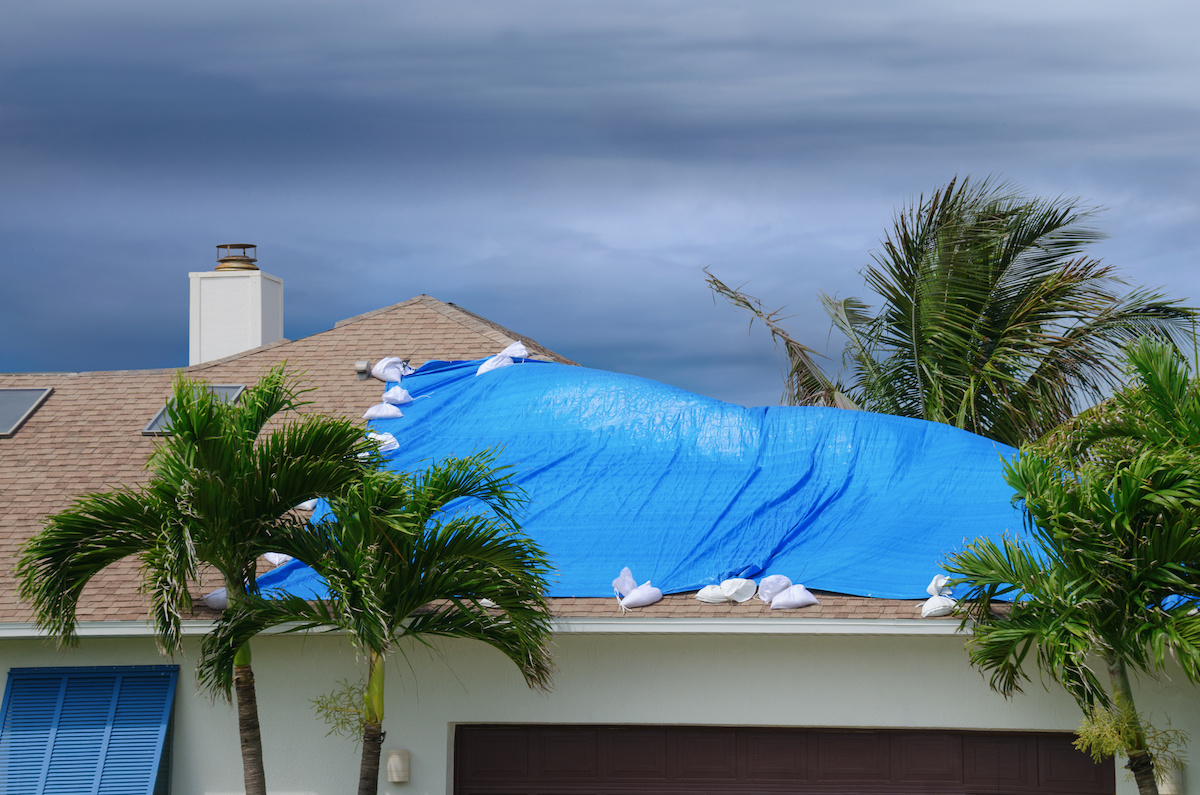Hurricane Beryl’s Impact on Jamaica

Hurricane beryl in jamaica – Hurricane Beryl made landfall in Jamaica on July 13, 2018, as a Category 1 hurricane, bringing with it heavy rainfall, strong winds, and storm surges. The storm caused significant damage to infrastructure, homes, and businesses, and had a lasting impact on the Jamaican population.
Hurricane Beryl wreaked havoc in Jamaica, leaving a trail of destruction in its wake. As the storm’s fury subsided, residents turned their attention to understanding its path. By accessing the beryl path website, they gained valuable insights into the hurricane’s trajectory and its impact on different regions of the island.
This information proved crucial for recovery efforts and rebuilding communities affected by Hurricane Beryl.
Impact on Infrastructure
The hurricane’s strong winds and heavy rains caused widespread damage to Jamaica’s infrastructure. Roads were washed out, bridges collapsed, and power lines were downed, leaving many communities without electricity or access to essential services.
Hurricane Beryl has set its sights on Jamaica, leaving the island nation in a state of anxious anticipation. As the storm’s path remains uncertain, Jamaicans eagerly await updates on its potential impact. To stay informed about the latest developments, visit will hurricane beryl hit jamaica for comprehensive coverage and expert analysis.
As Hurricane Beryl continues to approach, the people of Jamaica stand united, bracing for whatever the storm may bring.
Impact on Homes and Businesses
Hurricane Beryl also caused significant damage to homes and businesses in Jamaica. Many buildings were destroyed or damaged, leaving thousands of people homeless. Businesses were also affected, with many forced to close due to the damage caused by the storm.
Impact on the Jamaican Population
The hurricane had a significant impact on the Jamaican population. Many people were left homeless or without access to essential services. The storm also caused widespread damage to crops and livestock, leading to food shortages and economic hardship.
Response and Recovery Efforts in Jamaica: Hurricane Beryl In Jamaica

In the wake of Hurricane Beryl’s impact on Jamaica, the government and international aid organizations swiftly mobilized response and recovery efforts. The Jamaican government coordinated relief operations, providing food, water, shelter, and medical assistance to affected communities.
Challenges in Providing Assistance
Providing assistance and relief to affected communities presented several challenges. Infrastructure damage hindered access to remote areas, while landslides and flooding posed safety risks to relief workers. Additionally, limited resources and coordination among aid organizations initially slowed down the distribution of aid.
Success Stories and Lessons Learned, Hurricane beryl in jamaica
Despite the challenges, numerous success stories emerged from the recovery process. Local communities played a vital role in providing support and assistance, demonstrating resilience and a spirit of unity. International aid organizations, such as the Red Cross and UNICEF, provided invaluable resources and expertise.
Lessons learned from Hurricane Beryl’s impact have informed future disaster preparedness and response strategies in Jamaica. Improved coordination among aid organizations, enhanced infrastructure resilience, and community engagement are key areas of focus to mitigate the impact of future storms.
Economic and Environmental Implications

Hurricane Beryl’s impact on Jamaica extended beyond human lives and livelihoods. The economic and environmental consequences were severe, affecting the country’s tourism industry, infrastructure, and natural ecosystems.
The tourism industry, a major contributor to Jamaica’s economy, was significantly affected by Hurricane Beryl. The storm caused widespread damage to hotels, resorts, and other tourist infrastructure, resulting in a sharp decline in tourist arrivals and revenue. The long-term impact on the tourism sector remains to be seen, as it depends on the speed and effectiveness of the recovery efforts.
Environmental Consequences
Hurricane Beryl also had severe environmental consequences. The storm’s powerful winds and heavy rainfall caused extensive damage to coral reefs and coastal ecosystems. Coral reefs, vital for marine biodiversity and fisheries, were severely damaged, threatening the livelihoods of local communities dependent on fishing. The destruction of coastal vegetation, including mangroves and seagrass beds, weakened the natural defenses against erosion and storm surges, increasing the vulnerability of coastal communities to future storms.
Long-Term Recovery Plans
In the aftermath of Hurricane Beryl, the Jamaican government implemented long-term economic and environmental recovery plans. These plans focused on rebuilding damaged infrastructure, promoting sustainable tourism, and restoring the natural environment. The government also sought international assistance to support these efforts, recognizing the importance of collaboration in disaster recovery.